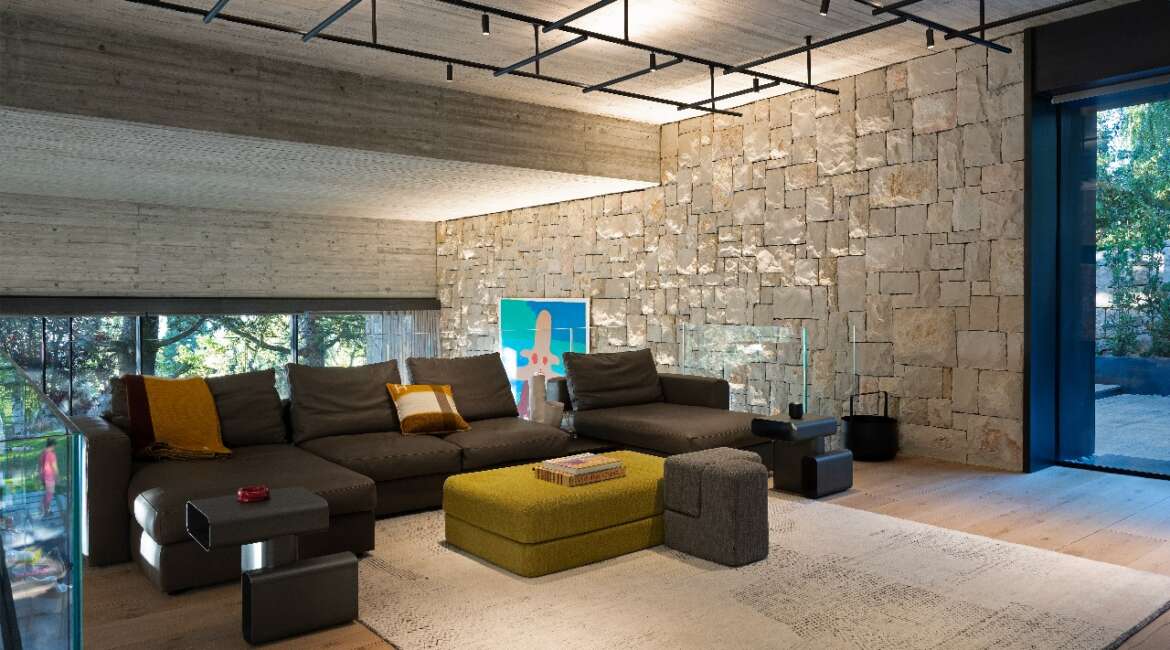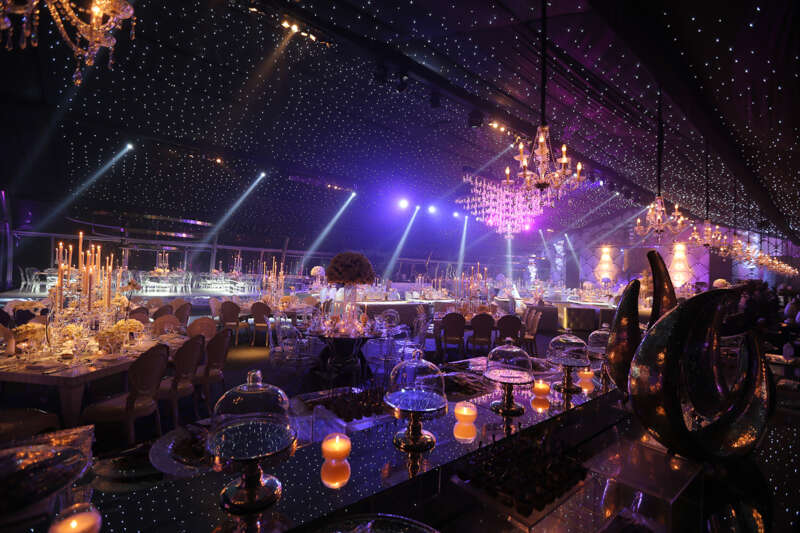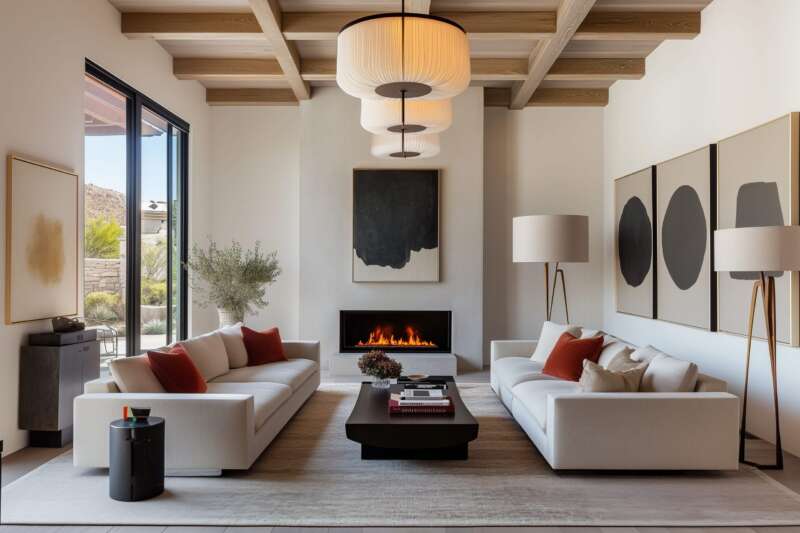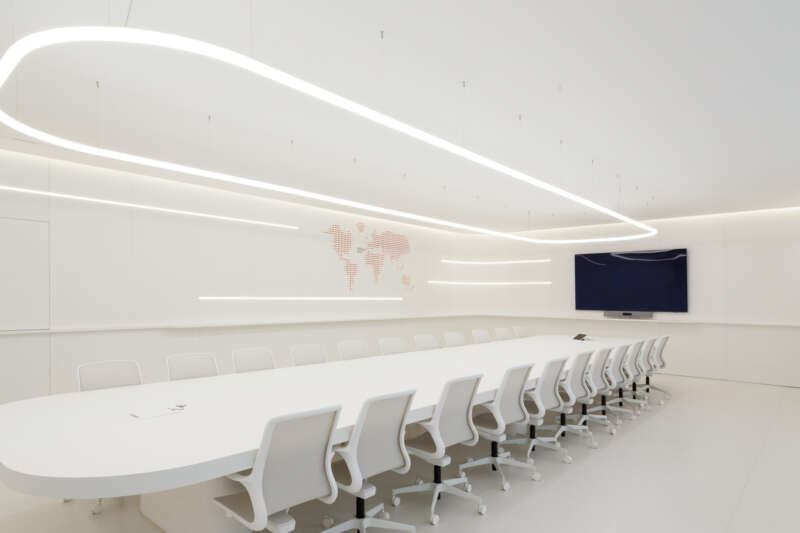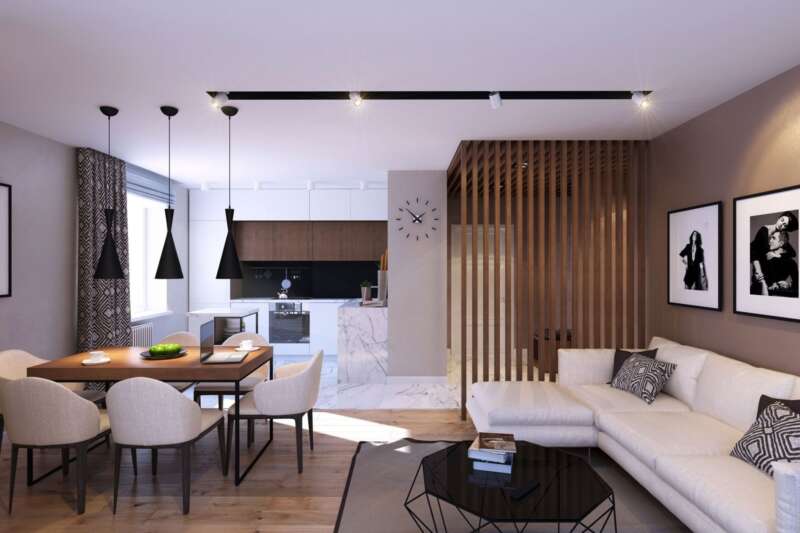How To Avoid Common Home Lighting Mistakes
While lighting may not be the first thing that people consider when imagining or thinking of building their dream home, it’s a major design feature that must be addressed at the planning stage. The moment you choose a style and blueprint for the home, you also have to consider a lighting design for the future home.
Because lighting sets the tone – and ambiance – for the home’s exterior and interior, it’s essential to have a plan that may be modified from room to room. Lighting is the finishing touch – the element that makes the room alive, much more welcoming, warm, appealing, and attractive.
There are many options for home lighting, as well as some challenges to overcome when creating a lighting design for your dream home. Let’s walk through some common lighting mistakes in the home – and how to fix them.
1. Wrong Size Lighting Fixture
You may love chandeliers and pendant lights. However, your “must-have” fixture has to complement the space you have in mind for it. For example, an oversize hanging light is out of place in a small to medium size Great Room or living room – since the fixture will just overwhelm the entire space – just as a too-small fixture will be dwarfed by a space that’s too large and voluminous for it.
Measure the ceiling height, square footage in a specific room, furniture, and most importantly the light fixtures you have your eyes on. Don’t be shy about asking the showroom’s lighting professional for advice regarding appropriate fixtures for particular spaces in your home. An expert is a big help with decor inspiration, the latest technology, and the perfect lighting fixture for your space.
2. Inadequate Lighting Source
In many living rooms and large master bedrooms, there’s a ceiling fan in the center of the room with some kind of light fixture as the main source of light. By depending solely on the ceiling-fan light, some areas in the room will be left without proper illumination.
Think of using layers of light. In addition to the overhead light, use recessed lights on the ceiling and around the perimeter of the space. You can also position lamps or pendant lights on both sides of the sitting area in a living or family room and the bed in a bedroom – for night reading.
3. Skimpy Small-Space Lighting
Sometimes there’s been a lack of attention and planning in lighting small spaces like powder rooms, pantries, and closets. This is a similar situation to bedroom lighting where the overhead light is insufficient for the space – leaving some areas dark and shadowy.
In today’s homes where powder rooms, pantries, larders, closets, laundry rooms, and mudrooms are among the most popular features, lighting can be stylish and even state-of-the-art. Plan – and pay attention to – design details in these small spaces. Consider LED lights, wall sconces, and under cabinet lights – to give the space a soft glow and make it roomy and inviting.
4. One-Dimensional Lighting
Not using enough layers of light tends to make a space seem uncomfortable and even cluttered. As with most things, don’t use too much or too little of one kind of lighting.
We’ve all heard of ambient, task, and accent lighting. So, plan on using all three in every room – and the result will be a beautiful and functional space.
Ambient or general lighting – an overhead fixture that illuminates the entire area
Task lighting – functional lighting for a specific activity like reading or cooking
Accent lighting is used to focus on a particular element or decorate a space.
Modern kitchen with recessed ambient, under-cabinet, and pendant lighting
5. Overused Recessed Lighting
Don’t overwhelm rooms in the house – kitchen, bathroom, bedroom, Great Room, media room – with recessed ceiling lights because these particular lights cannot properly illuminate the space. The lights can either be overly bright or keep some areas in the dark. Besides, you’ll only be wasting energy.
Try not to rely too heavily on recessed lights. Design a plan where you can figure out the right number of recessed lights for the size and specifics of the space. Don’t be afraid to use pendant lights, sconces, chandeliers, track lights, or wall, table, and floor lamps.
Some experts advise adding controls to the lights that you already have installed: “Put them on separate switches so they can be turned on separately, or add a dimmer for additional control.”
6. Lack of Control
Speaking of controlling lights, neglecting to install dimmers, sensors, and timers is a “no-no” in a home’s lighting design. When a room is too dark or too bright, having a dimmer allows the homeowner to find a happy medium with the lighting.
As natural light changes from day to dusk to night, our eyes need to adjust to the changes in mood and brightness. Installing dimmers and controls fixes the lighting problem and sets the right mood for the right time of day or night. More importantly, having control of the home’s lighting results in energy efficiency and substantial savings on the electric bill.
7. Too Much of a Good Thing
You can create a lot of issues for yourself by not being aware that too many pieces of furniture in a room creates lighting problems. For starters, too much furniture makes a room look smaller and cluttered. It is also likelier for the light fixtures to create shadows as they bounce off the items in the room.
In this case, less is more. With fewer – and brightly colored – furniture pieces, the space becomes brighter. Instead of creating shadows, the light will bounce efficiently and illuminate the room properly.
8. Underestimating the Power of LED
Because they are new in the lighting design landscape, LED lights are not being used enough in the home. Described as “the latest and fascinating technological advancement in the lighting industry,” LED lights are small, solid bulbs that are energy-efficient, long-lasting, and powerful.
Adapt LED lights into your lighting design plan. LED lights are more durable and consume less electricity than incandescent bulbs. They are much cooler, sturdier and easier to install. LED lights also work off a large temperature scale and provide better and cooler colors.
Think of these challenges as motivation to create a lighting design that’s energy efficient and provides the home the ideal balance between brightness and mood.


